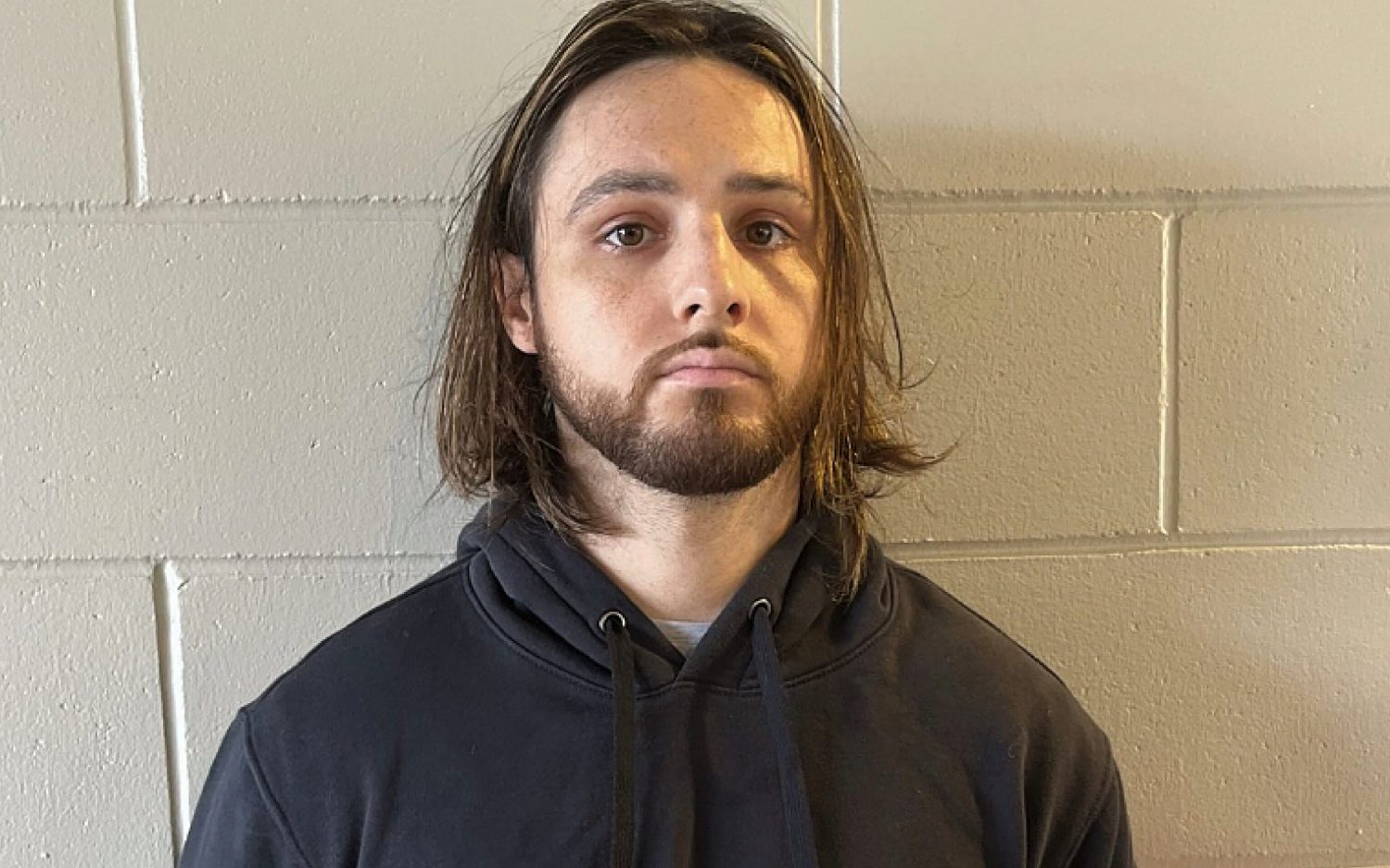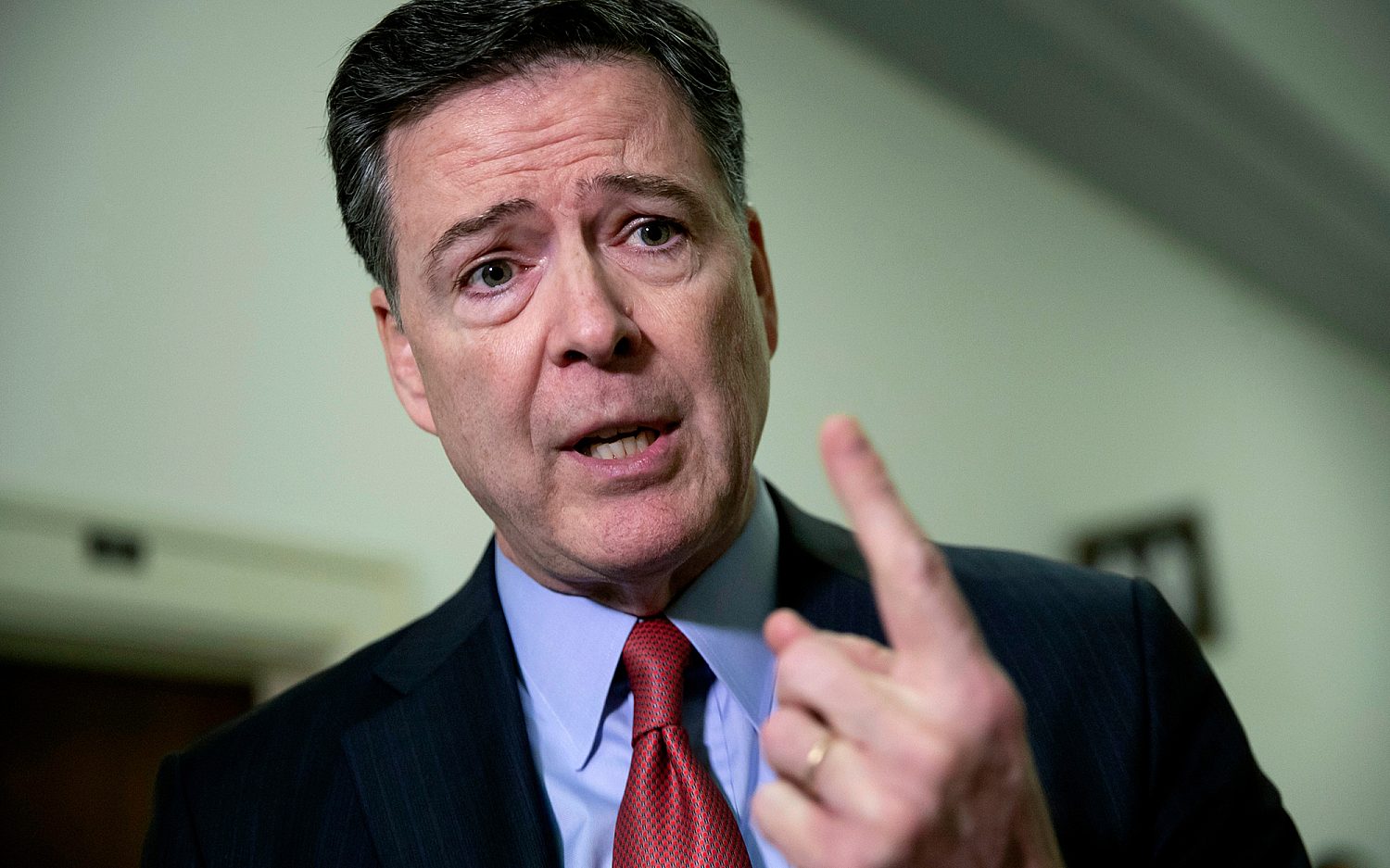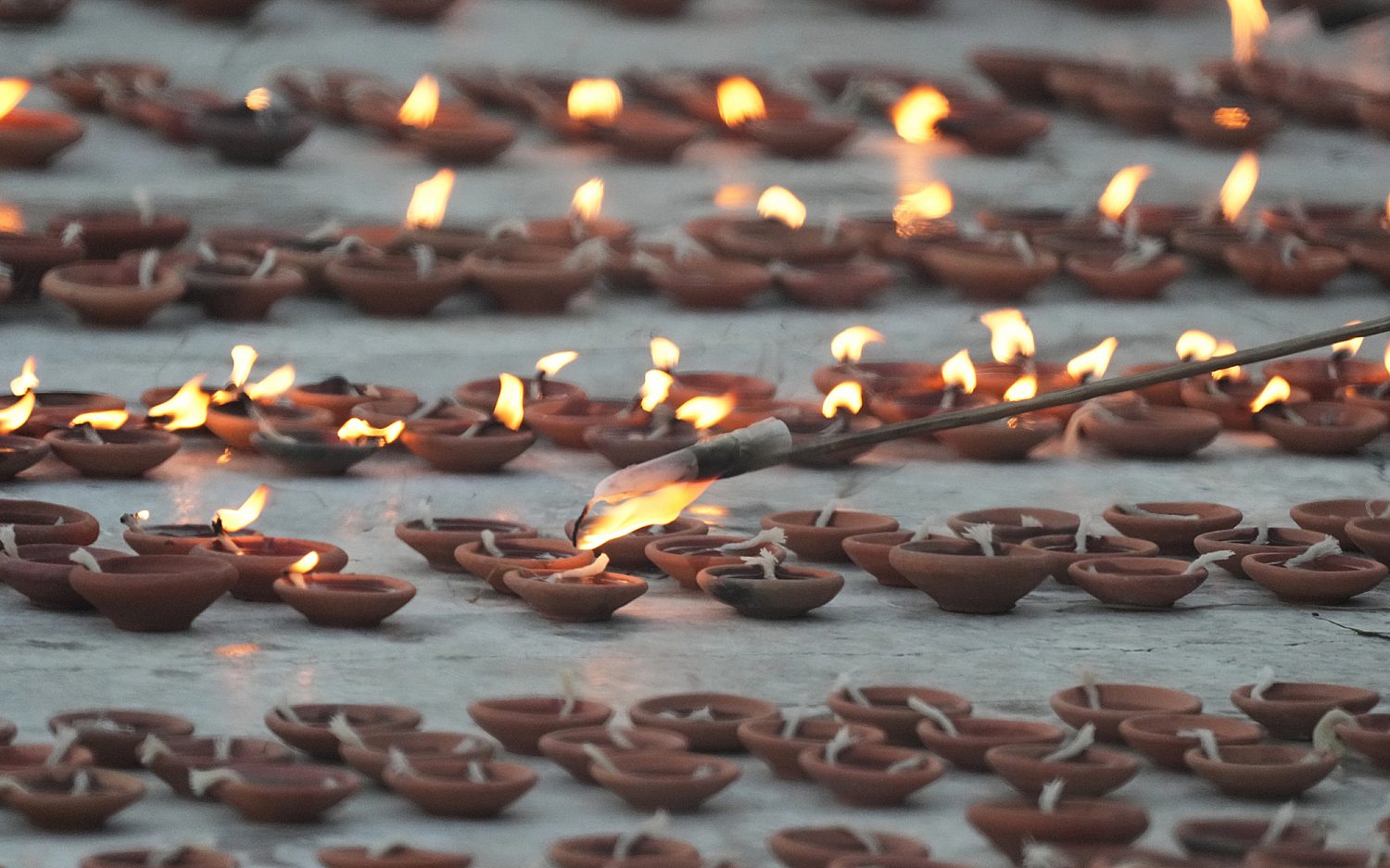Are mass shootings really becoming routine?
Examining the president’s claim that gun violence is worse in the United States than everywhere else
On Thursday, President Barack Obama called for tougher gun control laws in response to the mass shooting at Umpqua Community College in Roseburg, Ore., that left seven wounded and 10 dead, including the 26-year-old gunman.
“We are the only advanced country on Earth that sees these kinds of mass shootings every few months,” he said. “Somehow this has become routine.”
The president’s remarks echoed others he has made in the past. Following the June shooting at Emanuel AME Church in Charleston, S.C., that killed nine, Obama said, “At some point, we as a country will have to reckon with the fact that this type of mass violence does not happen in other advanced countries. It doesn’t happen in other places with this kind of frequency.”
While it’s true the United States experiences a greater number of mass shootings than other advanced nations, the picture is more complicated than that.
In June, the fact-checking website PolitiFact rated Obama’s comments “mostly false” because they failed to recognize mass shootings that have occurred in other nations with populations much smaller than the United States.
In Norway, for example, Anders Behring Breivik killed 80 people in a July 2011 shooting and bombing rampage. Germany has seen at least six mass shootings since 2000, including one in 2009 when a teenager with a gun fired on teachers and students in a secondary school.
According to data compiled by Jaclyn Schildkraut, a researcher at State University of New York at Oswego, and Texas State University doctoral student H. Jaymi Elsass, the United States does see a greater overall number of mass shootings than other developed nations—133 shootings between 2000 and 2014. Other countries typically only experienced a handful of mass shootings in that timeframe: Canada had three, China had four, and Norway and France just one apiece.
However, Schildkraut told me it’s impossible to make precise comparisons because countries define mass shootings differently, and many European nations have much smaller populations than the United States. The only meaningful way to look at the differences is to measure mass shootings on a per-capita basis, she said.
Using her data, the United States ranks fourth among 11 nations in the rate of mass shooting deaths per 100,000 people, behind Norway, Finland, and Switzerland. Norway ranks first because although it had just a single mass shooting, its population is only about 5 million, compared with the U.S. population of 319 million.
The Crime Prevention Research Center has published similar data, ranking the United States ninth among European nations for the frequency of mass public shootings per million people. The organization also published a list of the 13 worst mass public shootings, noting that nine of them occurred outside the United States.
Further complicating the comparison between countries is the fact that U.S. government figures typically exclude terrorism-related acts from their mass shooting counts. By that standard, the Charlie Hebdo attack in France would not be considered a mass shooting.
Are mass shootings increasing in the United States? Yes, with a caveat.
A September 2014 FBI report indicated the frequency of mass shootings has doubled since 2000. (The report tracked 160 shooting incidents; nearly half occurred at businesses and malls, and a quarter occurred at schools and colleges.)
But the Crime Prevention Research Center countered the FBI report with data showing the death rate from mass shootings since 1977 has increased by less than 1 percent per year, taking population growth into account. (Homicides overall have decreased in the United States since 2000.)
So the U.S. mass-shooting rate is trending upward, but perhaps at a milder speed than nonstop media coverage might suggest.
“Even though we see more shootings, it’s not dramatically more,” said Schildkraut, who is co-authoring a book on the subject.
An individual’s likelihood of being a victim of a school shooting is miniscule. More people are murdered each year in Baltimore than in all mass shootings combined, Schildkraut said.
But, she added: “The loss of one life in these events is absolutely one too many.”
An actual newsletter worth subscribing to instead of just a collection of links. —Adam
Sign up to receive The Sift email newsletter each weekday morning for the latest headlines from WORLD’s breaking news team.





Please wait while we load the latest comments...
Comments
Please register, subscribe, or log in to comment on this article.